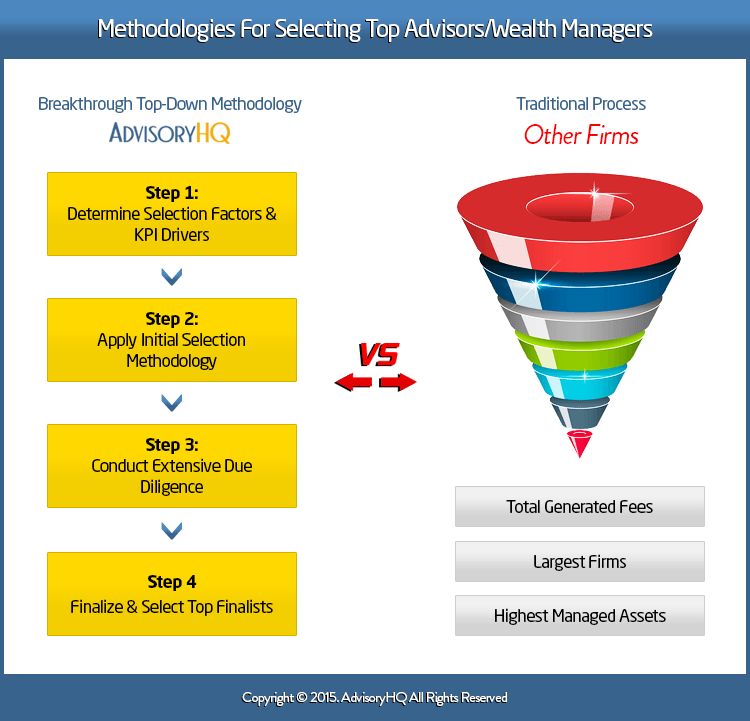
Your sales pipeline is the path that takes a customer from learning more about you to closing the sale. To improve your sales pipeline, it is important to have a clear overview. The ability to predict the revenue you'll generate in the next quarter by creating a sales pipeline is crucial. It will also help you determine how many leads have been generated.
Create distribution lists
Here are the steps for creating distribution lists in Outlook for Sales. First, you need to create a new contact group. Then, you will need to add email addresses to that group. This process is similar to that of adding a contact group in any other email program. Click the Add New button and go to People and Groups. Once you have selected the appropriate group, create a list name and give it a description. You can also select whether the list is public or confidential.
Once you've created your contact group, you'll need to create your distribution list. You can make a closed list of your contacts so that only those people will receive your email messages are included. You can also add people to your address list to your group.

Create dashboards
It is important to consider who you are creating sales dashboards for. CEOs may not want to see details about salespeople. They would prefer a holistic view of the entire organization. For sales managers to be able to see the performance of their team, they will need small-scale information. This information will help you design your sales dashboard in a way that is most useful for the users.
There are many options for creating a sales dashboard. You can first look at the many pre-made dashboards. You can also choose to create a blank dashboard. This will give you the ability to name the dashboard and set who can see it. Then, you can select which reports you wish to include.
Outlook CRM customization
Outlook is an email client that millions of people use, including salespeople. It makes sense that many companies are trying to integrate Outlook CRM with their email software. You have several options, including plugins, add ins, and integrations. You can also use a cloud CRM like Bitrix24. This cloud CRM is the best and it is used by more than 10,000,000 businesses worldwide.
For instance, you can use the Tasks feature to create templates for common tasks and events. These templates can then be colored and used to remind of tasks, meetings, and events. You can set different reminders for different people such as potential clients, product lines or verticals. This will help to keep you organized and decrease the time required for different tasks.

Outlook Outlook CRM contacts and contextual information
Microsoft Outlook lets you view CRM contacts and contextual information. Click the Xbar to view an embedded toolbar with key information on contacts and accounts. You can drag and drop existing information into the toolbar, or create new ones from scratch. There are many options available to you, including pending and related information.
Outlook lets you view CRM contacts as well as contextual information, right from your Outlook email inbox. In addition, you can integrate Outlook with CRM to send and receive emails between the two applications. Outlook plugin allows you to save emails in CRM and lets you use HubSpot email templates to send email to CRM contacts.
Dynamics 365 allows you to pull email templates from the system and create sales collateral
Microsoft Dynamics 365 and Outlook for sales go hand in hand and provide an intuitive integration experience that allows users to leverage each other's strengths. They offer a wide range of capabilities including CRM syncing, email message linking to CRM records, and more. Dynamics 365 users have the ability to view CRM contacts in Outlook. This allows them to create sales collateral and email templates relevant to their CRM records.
FAQ
How does Wealth Management work
Wealth Management is where you work with someone who will help you set goals and allocate resources to track your progress towards achieving them.
Wealth managers not only help you achieve your goals but also help plan for the future to avoid being caught off guard by unexpected events.
They can also prevent costly mistakes.
Who can I turn to for help in my retirement planning?
Many people find retirement planning a daunting financial task. Not only should you save money, but it's also important to ensure that your family has enough funds throughout your lifetime.
You should remember, when you decide how much money to save, that there are multiple ways to calculate it depending on the stage of your life.
If you're married, for example, you need to consider your joint savings, as well as your personal spending needs. You may also want to figure out how much you can spend on yourself each month if you are single.
You could set up a regular, monthly contribution to your pension plan if you're currently employed. Another option is to invest in shares and other investments which can provide long-term gains.
Talk to a financial advisor, wealth manager or wealth manager to learn more about these options.
Where to start your search for a wealth management service
If you are looking for a wealth management company, make sure it meets these criteria:
-
Can demonstrate a track record of success
-
Is the company based locally
-
Consultations are free
-
Supports you on an ongoing basis
-
There is a clear pricing structure
-
Good reputation
-
It is simple to contact
-
Customer care available 24 hours a day
-
Offers a wide range of products
-
Low fees
-
Does not charge hidden fees
-
Doesn't require large upfront deposits
-
Make sure you have a clear plan in place for your finances
-
Is transparent in how you manage your money
-
Makes it easy to ask questions
-
Does your current situation require a solid understanding
-
Understanding your goals and objectives
-
Would you be open to working with me regularly?
-
Works within your budget
-
Have a solid understanding of the local marketplace
-
Are you willing to give advice about how to improve your portfolio?
-
Is ready to help you set realistic goals
What is retirement planning?
Financial planning includes retirement planning. It helps you prepare for the future by creating a plan that allows you to live comfortably during retirement.
Planning for retirement involves considering all options, including saving money, investing in stocks, bonds, life insurance, and tax-advantaged accounts.
Is it worth having a wealth manger?
Wealth management services should assist you in making better financial decisions about how to invest your money. You can also get recommendations on the best types of investments. You will be armed with all the information you need in order to make an informed choice.
There are many factors you need to consider before hiring a wealth manger. Is the person you are considering using trustworthy? Will they be able to act quickly when things go wrong? Can they explain what they're doing in plain English?
Who Should Use a Wealth Manager?
Anyone looking to build wealth should be able to recognize the risks.
It is possible that people who are unfamiliar with investing may not fully understand the concept risk. Bad investment decisions could lead to them losing money.
It's the same for those already wealthy. They might feel like they've got enough money to last them a lifetime. This is not always true and they may lose everything if it's not.
Each person's personal circumstances should be considered when deciding whether to hire a wealth management company.
Statistics
- As of 2020, it is estimated that the wealth management industry had an AUM of upwards of $112 trillion globally. (investopedia.com)
- According to Indeed, the average salary for a wealth manager in the United States in 2022 was $79,395.6 (investopedia.com)
- According to a 2017 study, the average rate of return for real estate over a roughly 150-year period was around eight percent. (fortunebuilders.com)
- Newer, fully-automated Roboadvisor platforms intended as wealth management tools for ordinary individuals often charge far less than 1% per year of AUM and come with low minimum account balances to get started. (investopedia.com)
External Links
How To
How to become a Wealth Advisor?
You can build your career as a wealth advisor if you are interested in investing and financial services. There are many opportunities for this profession today. It also requires a lot knowledge and skills. These skills are essential to secure a job. The main task of a wealth adviser is to provide advice to people who invest money and make decisions based on this advice.
To start working as a wealth adviser, you must first choose the right training course. You should be able to take courses in personal finance, tax law and investments. After completing the course, you will be eligible to apply for a license as a wealth advisor.
Here are some tips to help you become a wealth adviser:
-
First, let's talk about what a wealth advisor is.
-
It is important to be familiar with all laws relating to the securities market.
-
You should study the basics of accounting and taxes.
-
After finishing your education, you should pass exams and take practice tests.
-
Register at the official website of your state.
-
Get a work license
-
Give clients a business card.
-
Start working!
Wealth advisors usually earn between $40k-$60k per year.
The size and geographic location of the firm affects the salary. If you want to increase income, it is important to find the best company based on your skills and experience.
We can conclude that wealth advisors play a significant role in the economy. Everyone should be aware of their rights. You should also be able to prevent fraud and other illegal acts.